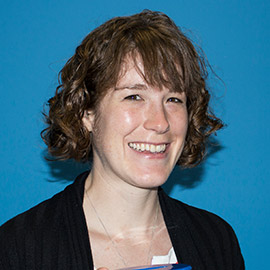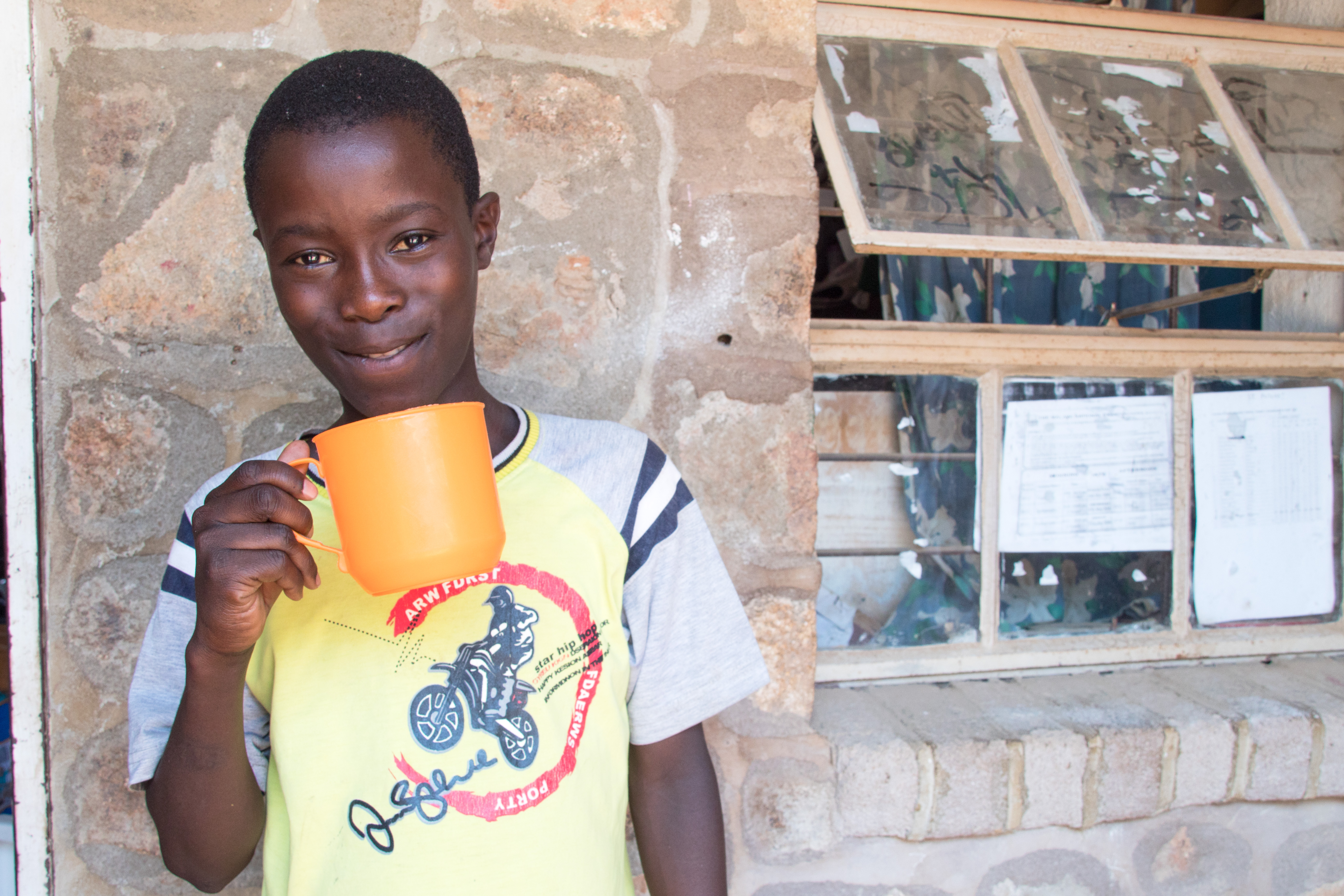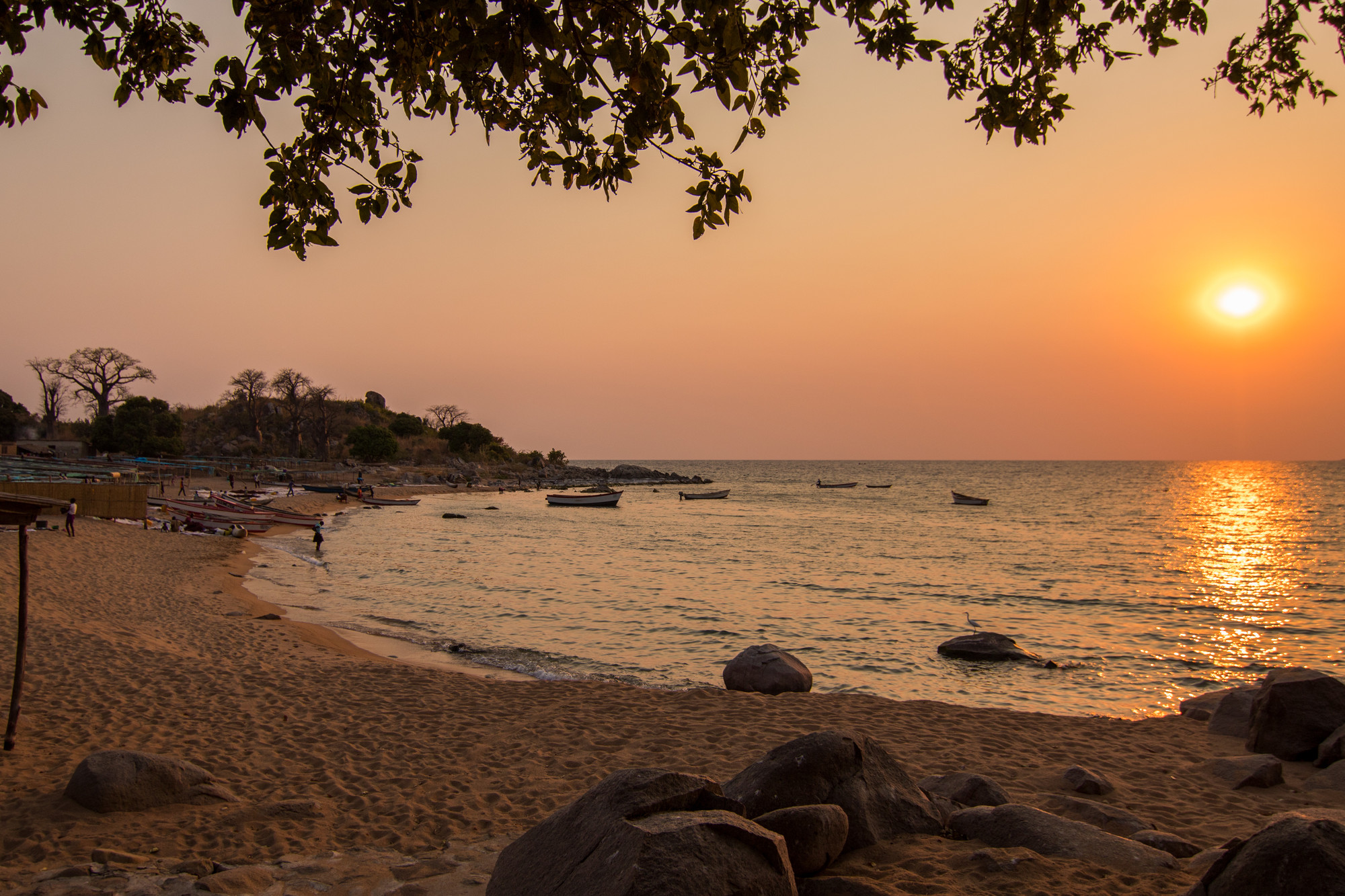A dream come true: going to Likoma Island
Sharing pictures and memories of island life as Mary follows in her great-aunt’s footsteps.
In my first blog for Mary’s Meals, I mentioned that I’m the second person in my family to call Malawi home, and it was on Likoma Island where my great-aunt began her teaching career more than 90 years ago. She described arriving on the island as a “dream come true,” and almost a century later, I can see why.
Likoma is the smallest and most isolated district in Malawi. Home to just 14,000 people, the community is separated from the rest of the country by almost 50 miles of water, on the other side of Lake Malawi.
From where I live in Blantyre, it takes the best part of a day and a half to reach the main port on Likoma Island. First, a 10-hour bus journey takes you to Mzuzu – the capital of the Northern Region. Then, a short transfer to the port in Nkhata Bay brings you to the legendary Ilala ferry, in service for almost 70 years, which travels the length of Lake Malawi and back again each week, finally dropping anchor at Chizumulu and Likoma on its journey north and south.
The lake – it’s so easy to think of it as a sea – dominates the horizon at every turn. A vast blue expanse, in the midst of which a speck of island life floats. Fishing nets hang drying from roofs. The night’s catch is spread over high platforms on the beach, out of reach of passing dogs, before being bundled up into huge 50kg bags and loaded onto boats for sale in markets on the mainland.
In the morning, the shoreline fills with women gathering water in buckets to do laundry, while men sit mending tears in their nets and children run squealing through the gentle waves to take their morning bath. Despite the idyllic setting, life is tough. The dry, sandy soil doesn’t lend itself to farming – only the toughest cassava plants survive and food is expensive, as almost everything must be shipped in at a premium.
So, it comes as a relief to parents that Mary’s Meals feeds at all 10 primary schools in the district, reaching more than 3,800 learners on the island.
James is in Standard 3 at St Peter’s Primary School, the oldest and largest school on the island – and the school where my Aunt Bertha came to teach. He dreams of following in the footsteps of his role model, Doctor Luka, who works at the district hospital behind the school.
“James often goes to school hungry,” his aunt told me. “It’s a relief to know he will eat [porridge] at school and be strong because of it.”
As I walked across the island after school, back to the village where I was staying, I bumped into a small group of Standard 1 students on their way home.
“Azungu,” they shouted and trotted after me, one by one practicing the few English phrases they knew. Then, as we rounded a bend in the road, they peeled off, waving goodbye as they skipped down a dirt track into their own village and community.
Despite being a foreigner, I was accepted by this community because they know that Mary’s Meals is working to help make the future better for their children.
It’s the kind of story that my aunt would have loved.
Just $31.70 feeds a child for a whole school year.


